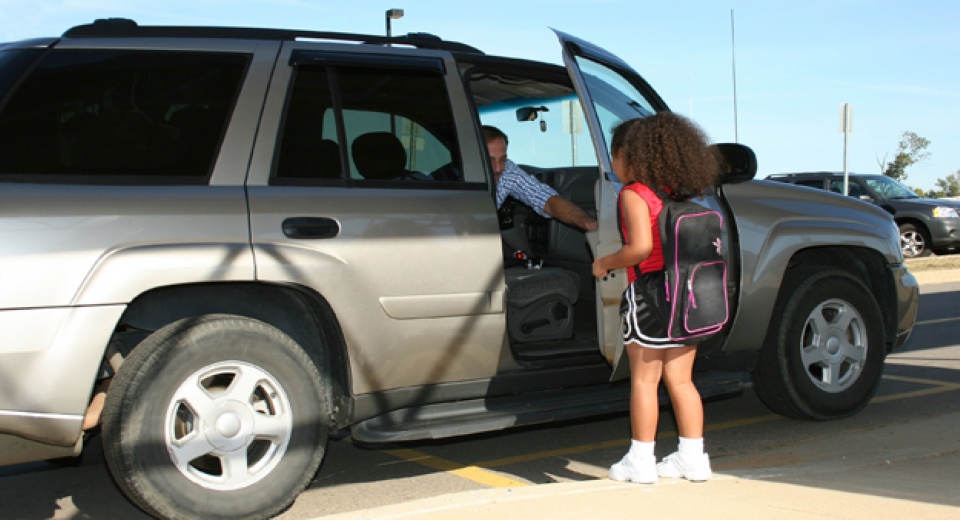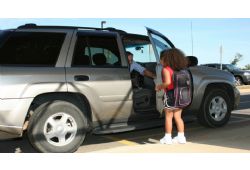Montreal,
August 17, 2015. In a few days,
thousands of young children will be returning to school. In order to ensure that children get
to-and-from school more safely, the Missing Children’s Network invites families
to review the following personal safety rules with their children;
Ensure
your child knows his complete name, address and telephone number. Should your child get lost or need to reach you in an
emergency, he will need this information in order to obtain help.
Your
child should always ask for permission before going anywhere. You must always know where your child is, as well as keep
him informed of your whereabouts. Establish an information/communication centre
in the house where every member of the family can leave messages.
There
is safety in numbers. A
child that is accompanied by a friend is less likely to be accosted by an
individual with questionable intentions.
Check out your child’s friends and get to know their parents and other
adults who spend time with your child.
Keeping
a safe distance. Make sure your
child understands that he does not have to engage in conversations with adults
that approach him and to always keep a safe distance of at least three giant
steps between himself and someone he doesn’t know or who makes him feel
uncomfortable.
Where
to go for help if needed. Teach
your child to always stay on the designated route when walking to and from
school and identify safe havens along the route where he can seek refuge
if he needs help; (Block parent, offices, fast food outlets, telephones where
he can call 911).
Use a secret family password to be used in an
emergency situation (the person previously chosen by you should say the
password to your child). Choose a password that is known only to you and your child. Your
child must always ask for this password before leaving with someone who
claims to have been sent in your place.
Labelling your child’s personal belongings. Avoid identifying items with your child’s name clearly
visible on them (lunch box, t-shirt, school bag, etc.). A child will respond
more readily to a stranger if he is addressed by name.
Up-to-date emergency contact information. Make sure your child’s school has up-to-date emergency
contact information. Ask the school what their procedures are for picking up
children so that only those adults that you have authorized can pick up your
child.
Current identification of your child. Always make sure to carry proper identification of your
child by downloading the Child Alert Application – you can create and store an
electronic profile of your child that includes a recent photo and physical
description.
Play
“What if” scenarios with
your children. This
technique is a valuable educational tool because it fosters your child’s
ability to develop problem-solving skills that will enable him to adopt sound
safety habits for life. Your child’s autonomy and self-confidence will be
enhanced and he will be able to make safe decisions when there is no adult
present to guide him. Following are
suggestions of scenarios to review with your child (ren);
- You are walking back from school and someone in a car stops to ask you for directions. What would you do?
- It is raining and you are waiting for your school bus. The mother of a student in your class offers to drive you home. What would you do?
- You are walking back from school and a neighbour invites you to his home in order to see his new puppy. What would you do?
- Make sure that he obeys all traffic rules;
- Establish together the route that he will take. Make sure he avoids isolated or unlit areas, and identify safe places where he can seek help if necessary;
- Encourage your child to make the trip with at least one friend.
- Accompany him to the bus stop and make sure that he gets on. Wait for him when he returns. If this is not possible, find another trusted adult who is already accompanying his child.
- Make sure that you know the route, bus number, name and telephone number of the school bus company, as well as the driver’s name.
- Review passenger safety rules with him.
- Make your home a place of trust and support that fulfills your child’s needs. Create a trusting and open relationship with your child. Talk to him and listen attentively to his needs. Remind him to never hesitate to confide anything that makes him feel uncomfortable or embarrassed.

 In The Latest Issue:
In The Latest Issue:


 BY:
BY: 

Tweet
Share